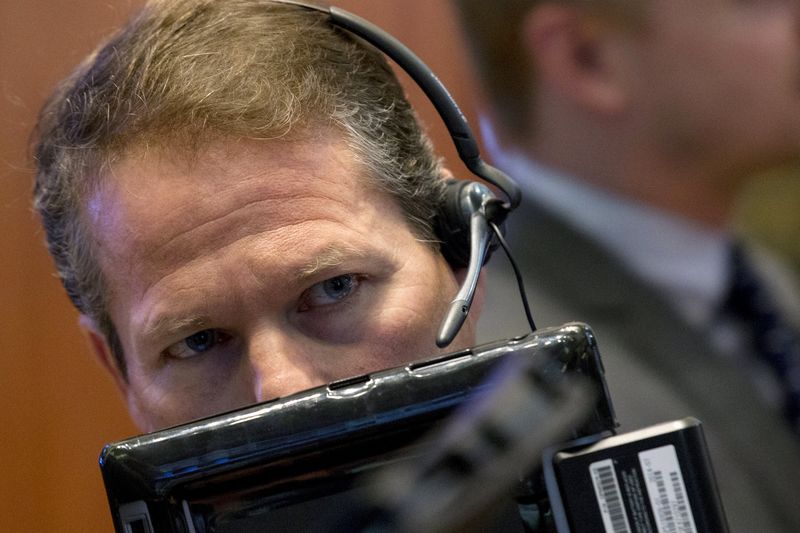As China's economy transitions towards 'high-quality growth,' Beijing is focusing on new growth drivers in sectors such as clean energy and high-tech manufacturing.
As this transition occurs, copper and iron ore prices are strengthening.
Along with its growth ambitions, growing anticipation of fiscal stimulus from China is also impacting.
Add that to easing in the United States and the outlook for copper and iron ore looks good for the back half of 2024.
Rising copper price
Citi commodity strategists, who earlier forecast a rise in copper prices, now believe the metal could hit US$10,000 per ton within weeks.
Expectations of increased demand from China due to reforms in power grid investment and renewable energy are fuelling those predictions.
After climbing 37% from a February low to a record US$11,104 per tonne on May 20, copper futures on the London Metal Exchange underwent a technical correction, dropping by up to 15% over the following five weeks. However, copper prices have begun to rise again, alongside a broad-based increase in commodities such as iron ore, crude oil, base metals and metallurgical coal.
Copper has gained around 4% over the past four days, reaching US$9,912 per tonne, while iron ore futures have increased by around 8% to US$113.65 per tonne.
This comes as global copper consumption growth averaged around 4% year-on-year in the first five months of 2024, driven by resilience in decarbonisation sectors. In June, copper consumption rose 3.3% year-on-year, slightly down from the previous month due to weaker cyclical demand.
“We think China’s energy grid is an obvious focus for further investment to avoid bottlenecks for renewables additions,” said Citi analyst Paul McTaggart. “More property measures and monetary easing would also be copper supportive.”
However, as McTaggart states, “China consumption resilience from EVs and renewables contrasts with a deceleration in ex-China consumption. Weak manufacturing prints for June suggest cyclical copper consumption likely weakened last month.”
We’ll know more about China’s ambitions after the Communist Party holds its Third Plenum meeting from July 15 to 18, amid slowing economic growth.
The world’s second-largest economy is the largest consumer of most commodities, and its economic policies significantly impact global markets.
Also working in copper’s favour is mine supply.
Michael Widmer, head of metals and commodities research at Bank of America (NYSE:BAC), noted that copper mine supply remains “extremely tight” following recent disruptions.
“A rebound in industrial demand, a switch towards restocking, and a Fed rate cut should all bring more buyers to the market,” he said. “Meanwhile, we acknowledge that China’s physical market is weak as demand growth remains subdued this year; grid investment is weaker than last year too. The government is putting more effort into stimulating the economy, so broader support for consumption should be coming through soon.”
Cautious on iron ore
Regarding iron ore, Citi advised clients to "fade strength" in the short term.
“Iron ore prices are likely to remain volatile ahead of China’s Third Plenum, but fundamentals suggest the risks are skewed to the downside, and we maintain our three-month price target of US$95 per tonne,” McTaggart said.
China’s domestic steel demand is “muted” due to slowing construction and infrastructure activity, impacted by adverse weather and the usual summer slowdown. Rising steel inventories and high port inventories of iron ore contribute to this trend. China’s steel mill margins are under pressure, particularly at current spot iron ore prices, and steel output controls are expected to reduce iron ore demand.
Citi predicts that policy measures aimed at addressing the housing surplus are unlikely to significantly boost steel demand.
